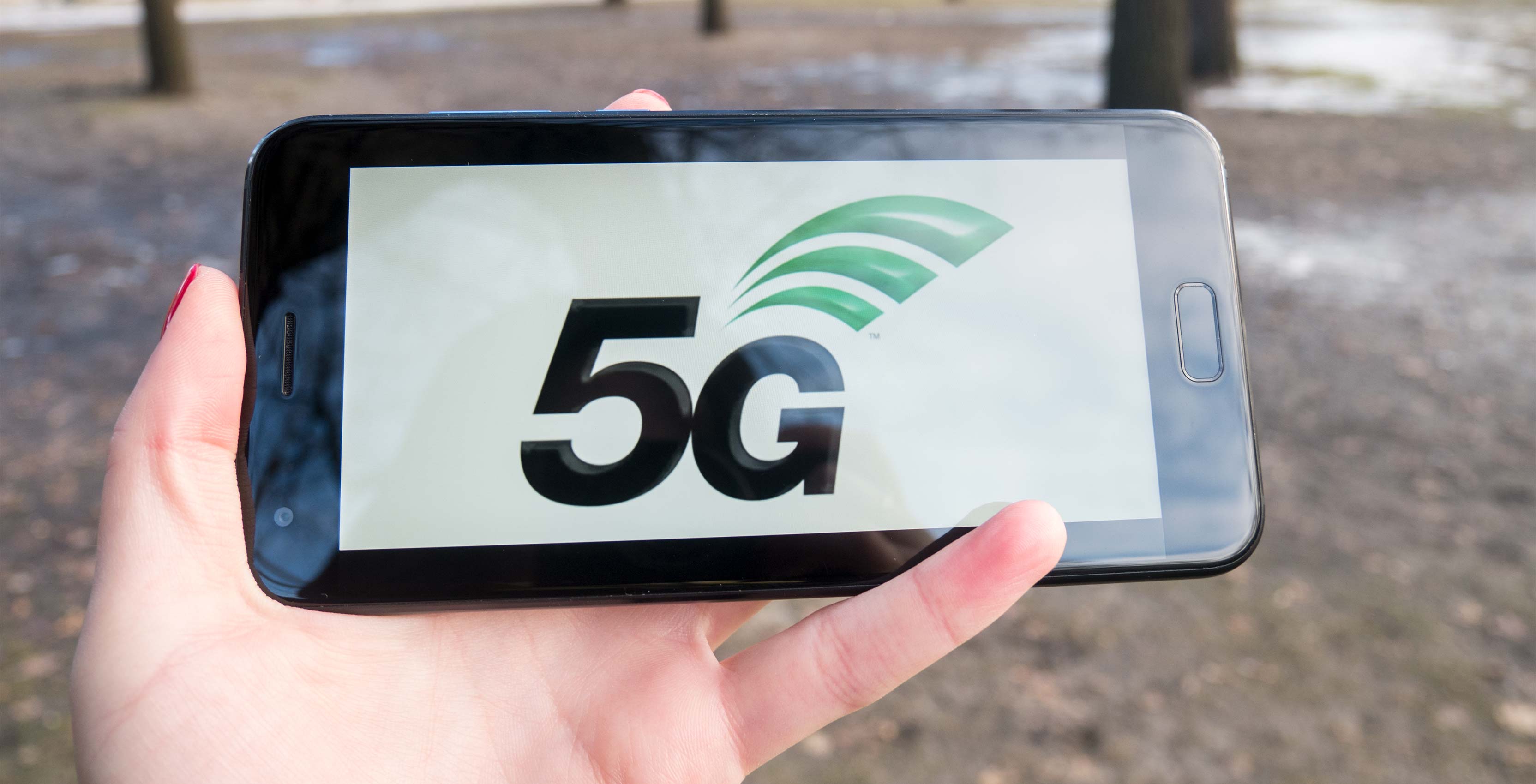
Nokia thinks it has some machine learning solutions for problems with the upcoming 5G networks.
A lot of the technology behind 5G is more complex than current 4G technology and may need more complex solutions.
Nokia’s head of advanced wireless solutions, Rajeev Agrawal, spoke about how Nokia is applying machine learning to some of these problems at a 5G summit at Computex. According to Agrawal, machine learning could boost network performance and reduce costs.
Agrawal presented three examples of how machine learning could do this. The examples were taken from internal studies but there hasn’t been a research paper published yet.
Scheduled beamforming
While it sounds like something out of science-fiction, beamforming is a very important part of 5G networks. 5G relies on multiple-input multiple-output (MIMO) technology which multiplies the capacity of a transmission by using multiple transmission and receiver antennas. The upside to MIMO is it can send more data. The downside is that all these extra signals can interfere with one another.
Beamforming processes the signals and allows antenna base stations to send targeted beams of data to specific users. This reduces interference and makes more efficient use of radiofrequencies.
The main challenge with a system like this is scheduling the beams. Nokia has a system with 128 antennas working in tandem to form 32 beams. The company wanted to schedule four of the beams in a specified amount of time with the highest spectral efficiency — a measure of how many bits per second a base station can send to a set of users.
There are 30,000 possible ways to schedule four of 32 beams. That’s where the AI comes in. Nokia was able to train a neural network how to find the best schedule offline and then later predict the best schedules on demand.
Indoor positioning
An efficient way to make use of 5G networks is to install miniature base stations that can provide wireless service close to where users are physically located. A side benefit of this is that it can help carriers find the location of indoor objects, like smart speakers or sensors.
GPS signals aren’t that accurate, especially indoors. Signals can generally identify an object’s location no more accurately than within about 50 metres when indoors (which isn’t enough to pinpoint smaller items).
However, AI can be trained to use an algorithm to accurately infer the location of an object based on its relation to network base stations. Nokia’s approach was to measure the received signal strengths from each base station in a room and form a map. The maps train the AI to predict the location of a device based on the strength of a signal it receives from a nearby base.
Controlling uplink and downlink
A smartphone’s uplink control panel is crucial. It provides feedback on the quality of a cellular network. This is doubly integral with 5G networks, which will utilize beamforming. Accurate information from phones will help networks beamform better.
The problem is that the more data transmitted through the uplink channel to ensure better quality, the less spectrum is available for the actual data transmission.
The proposed AI solution would use machine learning to determine the best uplink and downlink settings would be based on the user’s device. This would allow for optimal data transmission in a variety of scenarios.
Source: Spectrum
MobileSyrup may earn a commission from purchases made via our links, which helps fund the journalism we provide free on our website. These links do not influence our editorial content. Support us here.


